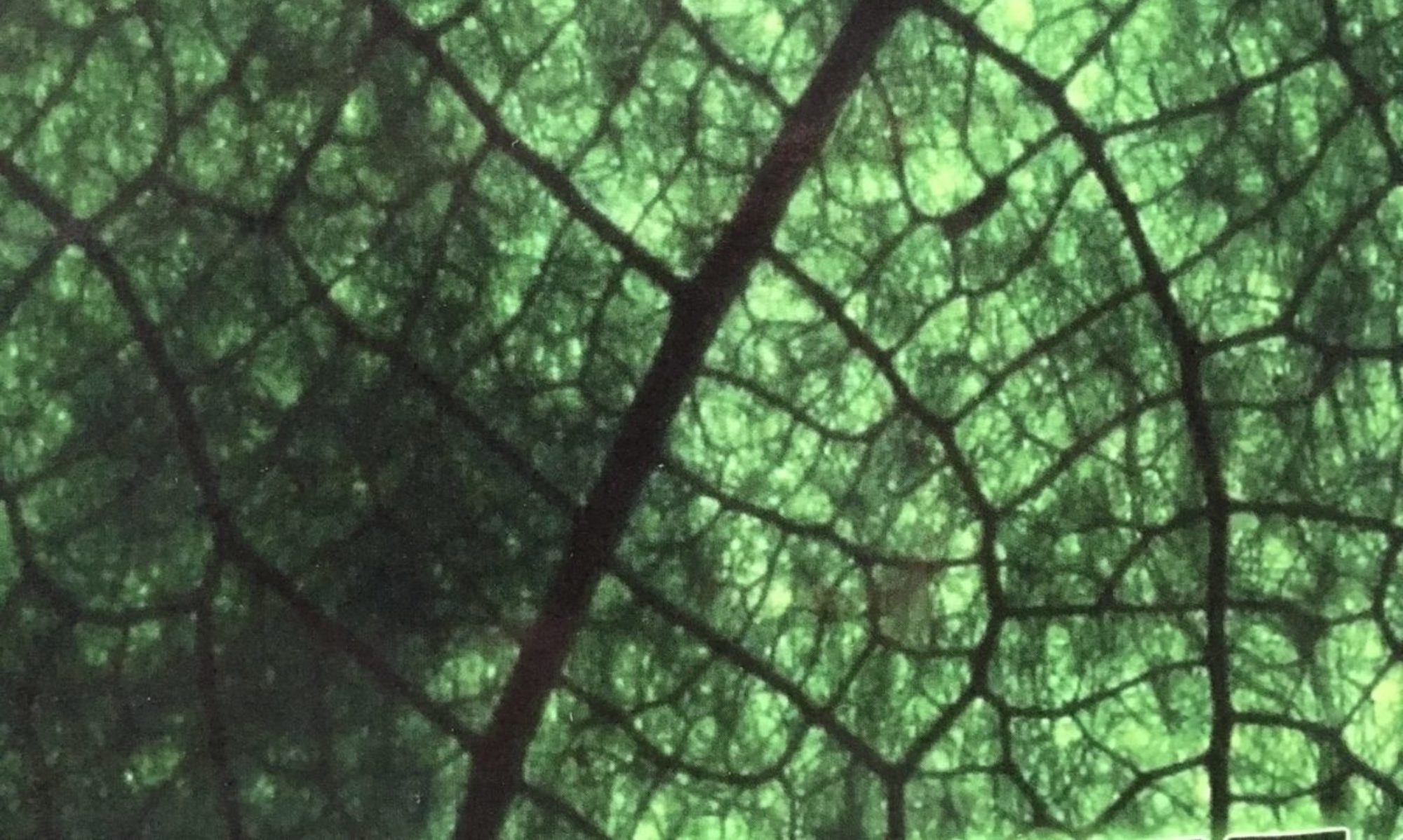In Transformative Adventures, Deep Adaptation, and some of the other groups, many of us are unpacking our indoctrination regarding the concept of land “ownership” and are advocating for alternatives.
The following post started as a comment that I made in a thread in the TA group that I started about people looking for land, and land needing people. Here’s the thread. It’s sparked a nice chewy subthread about attitudes toward land ownership.
I “own” a piece of land and house which I purchased with money I inherited when my parents passed.
Up until then for many years I had been a housing-precarious renter, sometimes skipping meals or taking dangerous gigs to make the rent. And a few of the roommates I invited in to help cover costs turned out to be unsettling or in one case outright threatening. (To be fair, I was dealing with a lot of mental health stuff and may well have come across as unsettling to the people I was inviting to room with me as well. I know that was true of one person for sure.)
(For a long time, til relatively recently, I had always beat up myself a lot: My economic circumstances were something I blamed on myself, since I dropped out of the so-called “respectable” middle-class office track — that my social indoctrination had carved for me — in order to be a full-time ecosocial activist.)
I am using the place I occupy in the most sharing ways that I know how (including having housemates, and creating “porous property” with benches at corners and edges, where the general public can simply come sit and rest under the trees), and I keep expanding my sharing in new creative ways as my consciousness around this expands.
If there were a way for me to cede this place totally to collective use without myself becoming economically unstable and possibly becoming a burden on my siblings and society, I would.
Maybe that day will arrive when I think of, or we collectively create, a way to have that.
In the meantime I will continue to advocate collectively for the Land Back movement.
Also, I am going to look into starting to pay an honor tax to the indigenous peoples who were on the land where my ancestors arrived in the 1600s. I earn a very low income (by choice now, though it was not by choice at first) but can still find a way to do this.
I just learned about an honor tax today in this podcast, The Response: ‘Land Back’ with David Cobb. The podcast came my way via a link in the always-excellent email newsletter from Shareable.net
The podcast also presents an excellent overview of the #LandBack movement, and presents some very exciting projects including an initiative to restore several old houses within a few blocks of each other in a city, and turning them into housing for youth who have aged out of the foster-care system. It’s a wonderful segment of The Response podcast.
I hope you will enjoy this podcast as much as I have! It’s a great antidote for privileged white doomerism.
A quote from the segment:
“The idea of Land Back — a growing movement to return occupied land to the Indigenous people that it rightfully belongs to, often exists as a metaphor for us. It can feel like the discussion around land theft and genocide by settler-colonists in the United States is often limited to land acknowledgments or statements of solidarity — both of which are important. But what about the most important element in these discussions — actually giving the land back?
“Today on the show, we’ve brought on David Cobb, a ‘people’s lawyer,’ self-proclaimed revolutionary, and advancement manager for the Wiyot Tribe’s Dishgamu Humboldt Community Land Trust in Northern California.”
On a related note:
On this site and my other channels (and increasingly in other permaculture spaces as well, as more of us learn the antecedents), we are not using the term “homestead”; “homesteading.” It is a genocidal term, and one that indigenous people in our groups have asked us to stop using.
“Homesteading” was the name of a law that pushed Native Americans off their homelands and caused deaths and loss of culture. We want to actively work to make permaculture-type spaces a setting where all can feel genuinely welcome and comfortable existing.
An alternative term that’s coming into use is “smallholding.” I also like “permaculture homesite.” And somebody just shared that they classify themself as a “smallhold homecrafter.” That one really resonates with me and I might just start using it.
